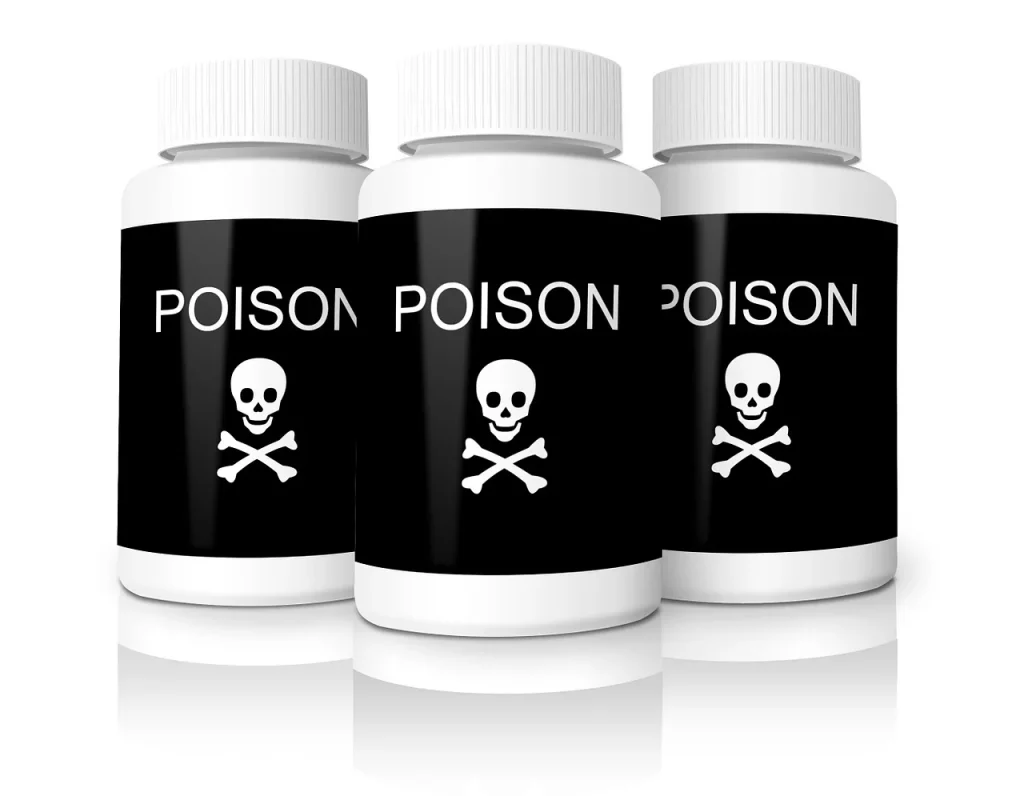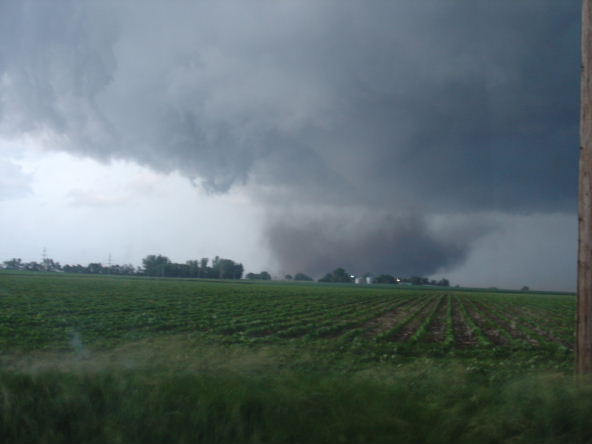A Safety Data Sheet (SDS) is a document that provides detailed information about the hazards, handling, storage, and emergency measures for a specific substance or mixture. It is primarily used in workplace settings to ensure the safe use and handling of hazardous chemicals.
An SDS typically contains the following sections:
- Identification: This section includes the product name, manufacturer’s information, emergency contact details, and any relevant identification codes.
- Hazard(s) identification: Here, the SDS describes the potential hazards associated with the substance or mixture, including information on physical, health, and environmental hazards. It may also include information on precautionary measures and classification of the substance according to relevant regulations.
- Composition/information on ingredients: This section provides details about the ingredients of the substance or mixture, including their chemical names, concentration ranges, and any impurities or additives.
- First-aid measures: It outlines recommended first-aid procedures in case of exposure, such as inhalation, ingestion, or skin contact, including symptoms and necessary treatments.
- Fire-fighting measures: This section describes appropriate fire-fighting methods and equipment to be used if the substance catches fire, including any specific hazards related to the substance.
- Accidental release measures: It provides guidance on how to respond to spills, leaks, or releases of the substance, including containment, clean-up procedures, and protective equipment recommendations.
- Handling and storage: This section provides instructions on how to safely handle, store, and transport the substance, including recommendations for ventilation, protective equipment, and compatibility with other substances.
- Exposure controls/personal protection: It includes information on exposure limits, engineering controls, personal protective equipment (PPE), and other measures to minimize the risks associated with the substance.
- Physical and chemical properties: This section details the physical and chemical properties of the substance, such as appearance, odor, boiling point, melting point, solubility, and stability.
- Stability and reactivity: It provides information about the substance’s stability, potential reactions, and conditions to avoid (e.g., temperature, light, or incompatible materials).
- Toxicological information: This section describes the potential health effects of the substance, including acute and chronic toxicity, routes of exposure, and symptoms of exposure.
- Ecological information: It outlines the potential environmental impacts of the substance, including its persistence, bio-accumulation potential, and toxicity to aquatic or terrestrial organisms.
- Disposal considerations: This section provides guidance on proper disposal methods for the substance, considering local regulations and environmental considerations.
- Transport information: It includes information on the safe transport of the substance, including any regulatory requirements, packing groups, and proper labeling.
- Regulatory information: This section summarizes the relevant regulatory information and any specific regulations or restrictions related to the substance.
- Other information: Any additional information that may be relevant, such as date of preparation or revision of the SDS.
Safety Data Sheets are important tools for promoting workplace safety and ensuring the appropriate handling and use of hazardous substances.
Be sure to contact us for first aid and CPR training needs!
















